Playfully Serious: Roman Plyus Designs Furniture That’s Elegant, Timeless and Fun
 |
| The MRS Sofa, with its contoured and layered backrest and generous curves, was created as a tribute to Vladimir Kagan, favorite designer of Roman Plyus. |
Playfully Serious
Roman Plyus Designs Furniture That’s Elegant, Timeless and Fun
Plyus, based in the Dubai Design District in the United Arab Emirates, has built a reputation for ultra-modern, limited-edition sculptural furniture in a minimalist style. Incollect spoke with brand founder and designer Roman Plyus, a Russian native, about his sources of inspiration, computer graphic imaging tools, models, and the importance of conveying emotion through design.
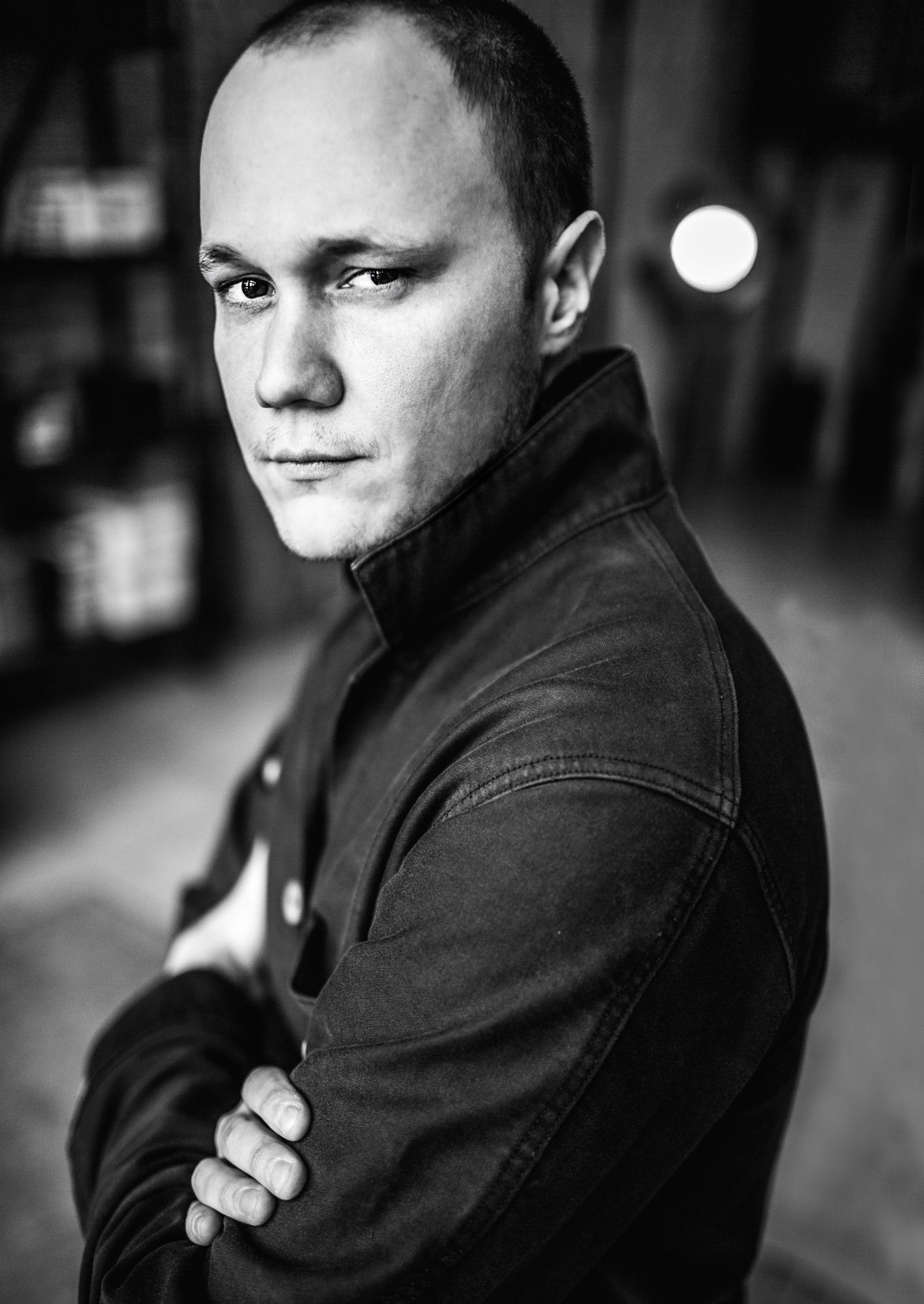 | |
Furniture artist Roman Plyus |
How would you describe your design aesthetic?
I like to create timeless designs that look equally good in classic and modern interiors, that do not become outdated and will look relevant even after 50 years. I have a special love for design that expresses an emotional component, when the sight of the object brings forth associations and memories, when design can lift your spirits. At such moments, there is delight and surprise. It's motivating to see your work bring joy to people.
What is your inspiration? How did you become a designer?
What I like most is to take inspiration from outside the design world, from things that, at first glance, might not appear to be a source of inspiration for furniture, like the Croissant sofa. I came up with it over breakfast! I wanted to make something memorable and recognizable, an object from two worlds, the world of furniture and the world of food. Such unusual combinations and sources of inspiration help to create unique designs unlike anything else.
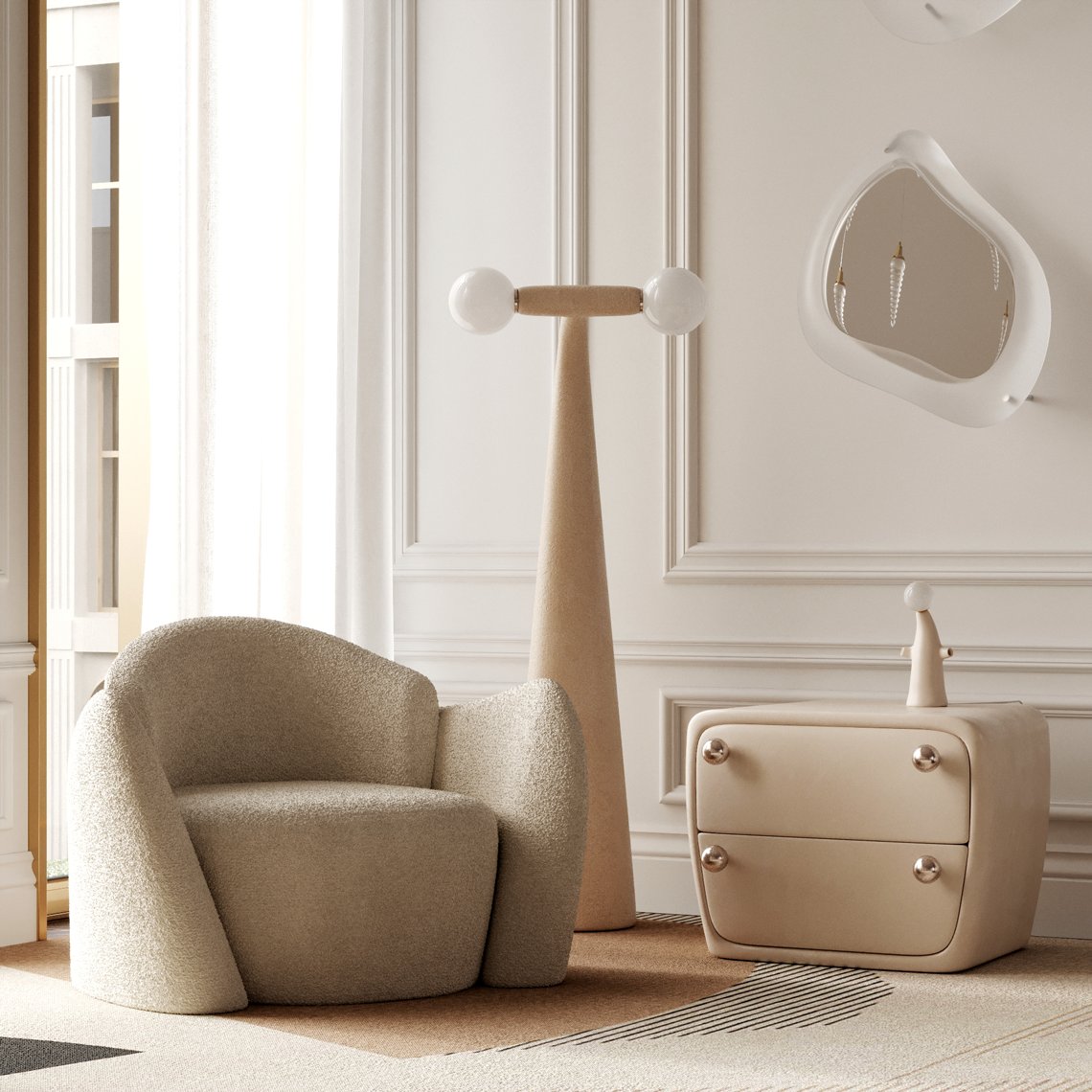 |
| The Memory Lounge Chair, Alien-2 Floor Lamp, Memory Bedside Table, and Hug Table Lamp. The Memory Chair’s enveloping design was inspired by Roman’s travels to the Greek island of Santorini, where the stairs that wind around the steep hillsides are lined with serpentine whitewashed stone walls. |
Tell us about your background and training.
In 2010, I traveled to India, where I lived in a Sikh monastery for a year in search of the meaning of life and my purpose. I enjoyed life in the temple so much that I thought of staying there forever, but the Guru told me I should return home and start designing. So, based on the words and faith of a man on the other side of the planet, I found my purpose. For the first 8-10 years, I studied and did interior design projects and was a computer graphic artist. At the time of the pandemic, I wondered if I had chosen the right direction. At that point, I found myself with a lot of free time. I decided to try my hand at object design. To my surprise, I immediately started making unique items, and the enthusiastic feedback from clients encouraged me to devote myself entirely to it.
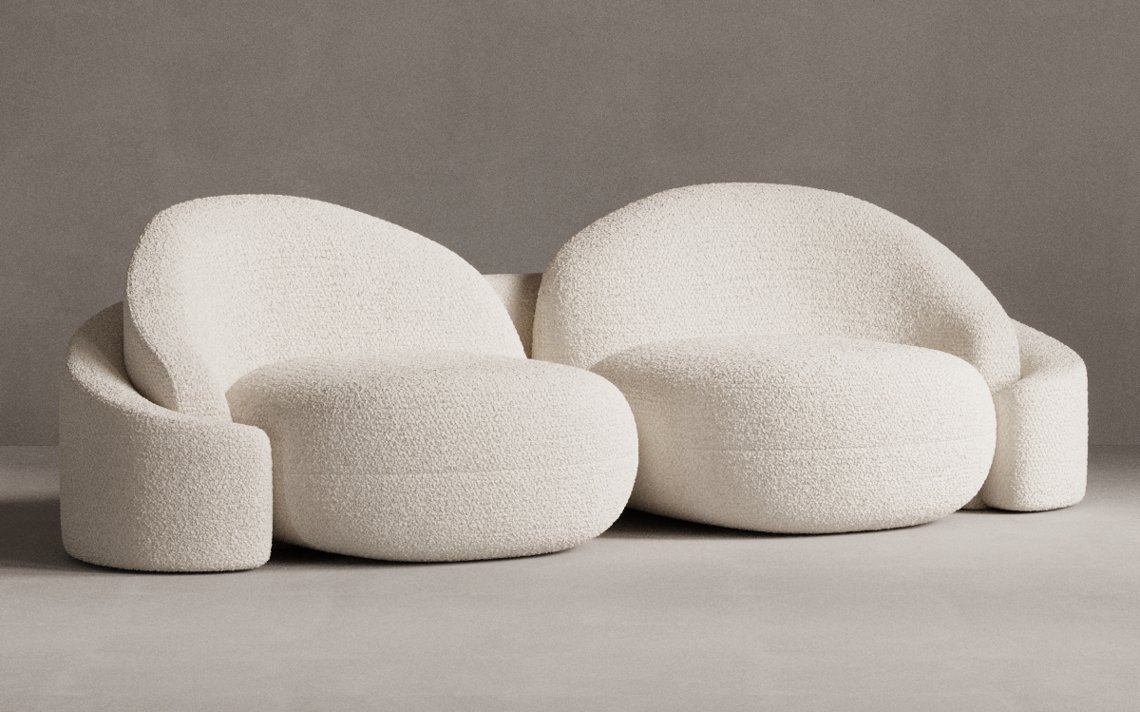 |  | |
| When two become one: The nuanced curves of the Lovers Sofa’s backrests slope gently towards the center. | ||
What historical sources and connections do you relate to as a designer?
I adore the work of 20th-century masters, a time when people lived without computers and smartphones. Everything was done by hand, and there is a certain charm to it. I am inspired by the works of Vladimir Kagan, Pierre Jeanneret, Charlotte Perriand, and George Nakashima.
 | 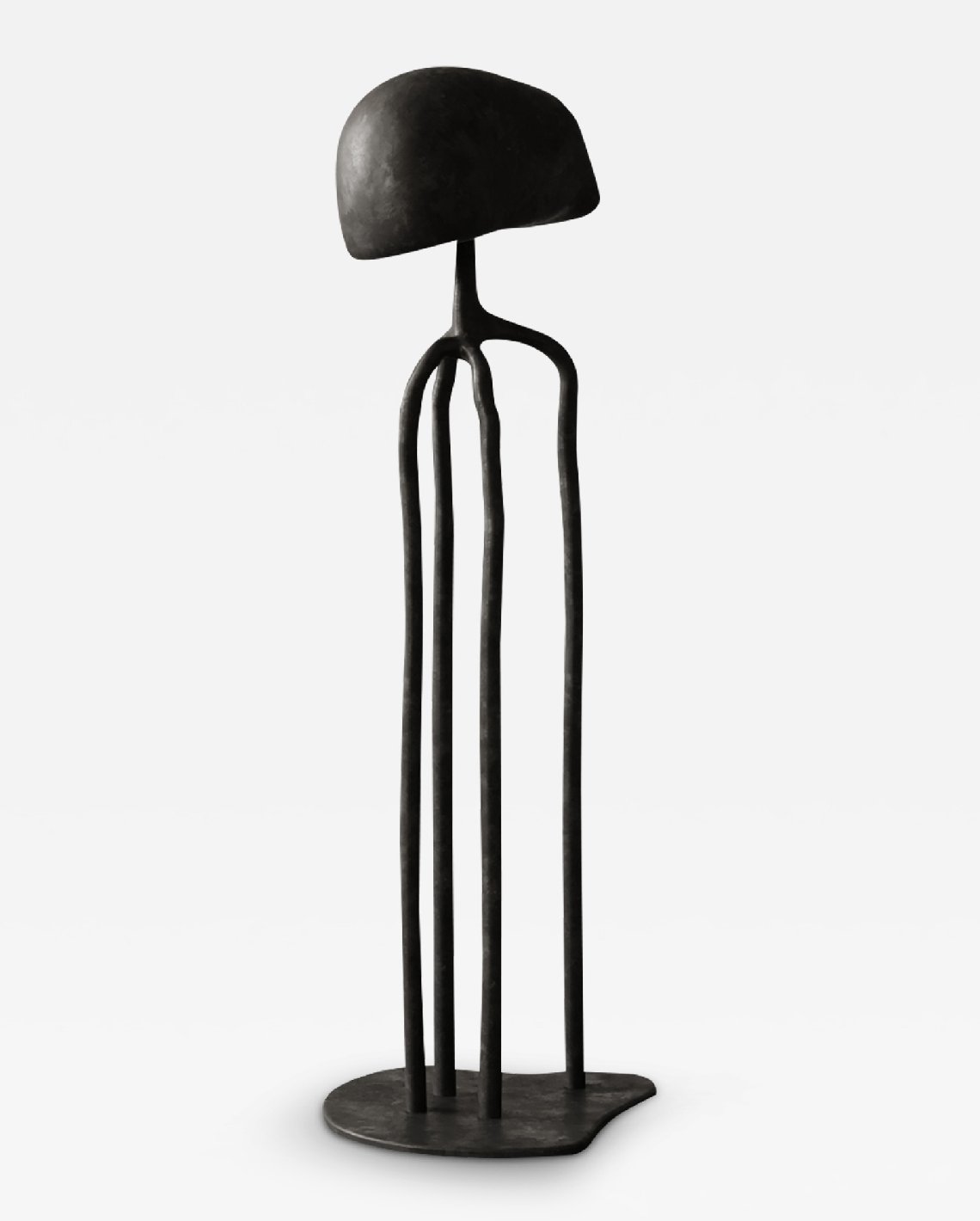 | |
Sculptural pieces in cast bronze, at left, The Alien Collection pedestal table, pendant lamp, and floor lamp, and right, the new Cerebrum floor lamp. | ||
What materials do you prefer to work in and why?
What I enjoy most is creating objects using the bronze casting technique. There is something mesmerizing when metal transforms from solid to liquid and then becomes solid again, taking the shape of the cast. There is something eternal about this material, fundamental and unbendable. Such sculptures can exist for centuries and age beautifully, taking on unique character traits.
Are there other materials you haven’t used yet that you would like to work with?
I also like to create upholstered furniture. We mainly use bouclé fabrics; they bring so much comfort and coziness to the interior, and in combination with the sculptural shapes of the furniture, they look very effective. Such furniture can become the central element of the interior, around which the whole concept of the space is built.
 |
| The Memory Sofa faces across a pair of Memory Armchairs in chocolate bouclé. The Memory Collection includes a sofa, armchair, bed, bench, and bedside table. |
Your style is very contemporary and international; how do you achieve that?
I've always wanted my furniture to be versatile and able to complement any space perfectly. I spend an hour a day browsing interior design magazines and websites because first and foremost, we make our furniture to be lived with and in a context. Looking at a variety of styles and eras helps to create pieces that look as timeless in a high-tech apartment in New York as they do in a medieval chateau in France.
How does a design come to life?
The most interesting process for me is the work on bronze floor lamps. In the first stage I create a 3D model of the floor lamp, after which the sculptor is involved in the work, and depending on the complexity of the product, we go one of two ways:
• The model is printed on a 3D printer, after which the sculptor adds texture.
• The sculptor sculpts the model from plasticine, which can take between 150–200 hours.
Then, with the help of the master model, we prepare a casting mold and fill it with bronze. The next thing to do is to put it all together, place it in a room, and turn on the light!
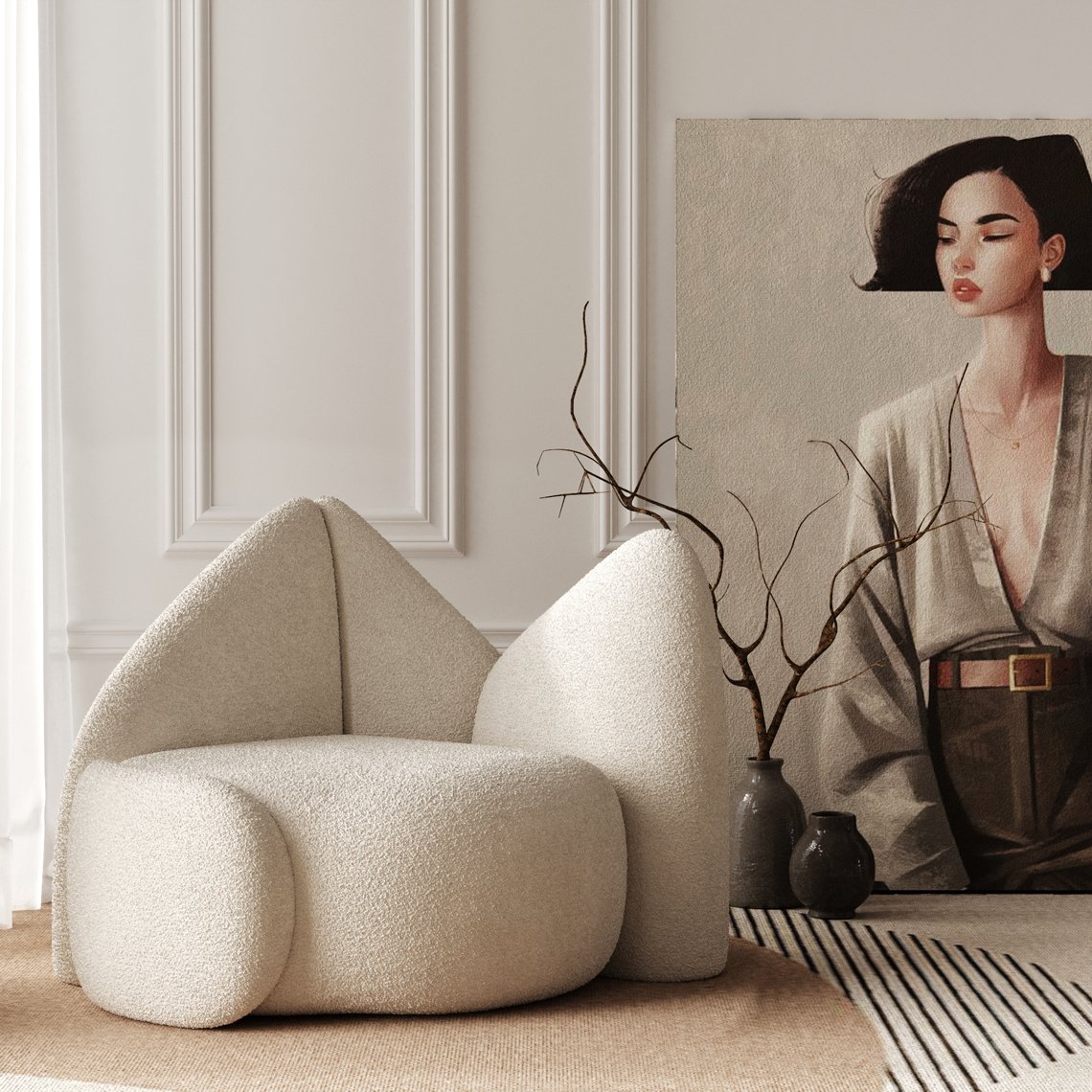 |
| An intriguing composition of rounded and angular shapes comes together in the Fjord Chair, shown here in white bouclé. The design is reminiscent of the steep glacial peaks that line fjords. |
It sounds like models are an important part of your process, do you create them for all your designs?
Yes, I make dozens of models of the same object with slight modifications to see which leads to the ideal form. It’s a very important aspect of the work, because design, like life, is learned by comparison.
 | 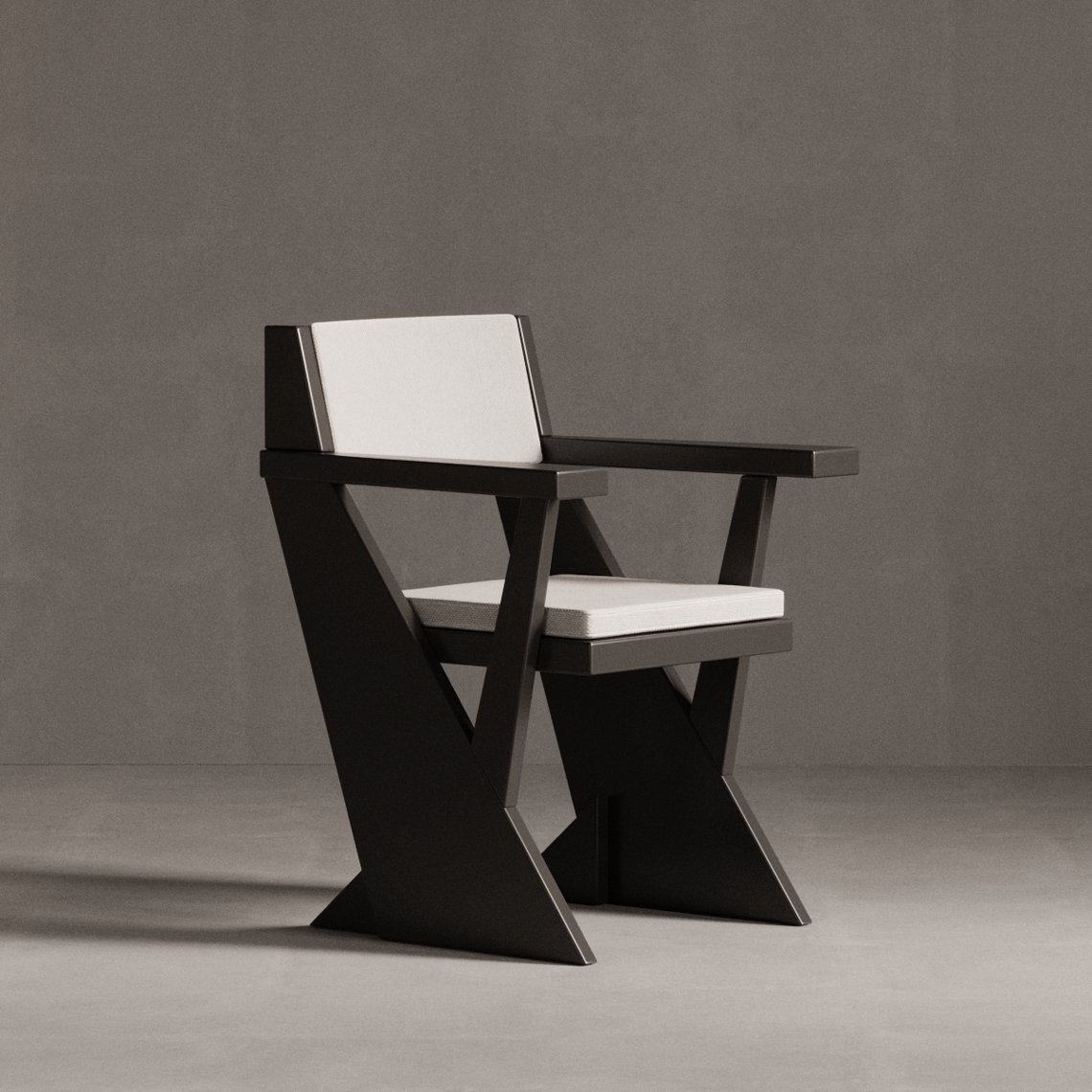 | |
One of the most popular designs from Plyus Furniture, the Hoof Chair (left), and one of the most recent, the Pierre Chair (right). | ||
And the initial spark of an idea? Do you sketch on paper or just on the computer?
I mostly design furniture on the computer. But sometimes I make small sketches, very rudimentary, so I can find the right shape or curve for the backrest or armrest for a chair.
Do issues of sustainability factor into product designs?
We choose our partners carefully, especially when it comes to production, taking into account how they care about the environment, and what materials we use in the process. We use as many natural materials as possible in our work.
What are the most popular products in your line?
The MRS-1 sofa and items in the Alien collection are some of the most popular in our entire line. They were some of the first pieces I made and are still very popular today. The Alien Collection is truly unique and unlike any other, with a lot of design labor, painstaking sculptural work, and a long technical process to create the finished product. The items with unique patterns look like they came to us from another planet.
 |
| The whimsical Bunny Chair evokes warm and cheerful emotions through the universal language of design. |
I love your Bunny Chair and MRS-1 Sofa, can you tell us how those two designs came about?
The MRS-1 sofa is a tribute to one of my favorite designers, Vladimir Kagan. Inspired by his work and aesthetics, I wanted to take a fresh look at his historical legacy, put it through the prism of my vision, and create something completely new. The idea behind this sofa is the interaction of two backrests of different shapes and heights, the backrest seems to embrace and support the whole sofa like a mother caring for a child. Such a move creates a feeling of comfort and coziness, a sense of security.
The Bunny Chair came about quite spontaneously, I had no plans to make it. I just wanted to come up with something special and recognizable, and that every person could relate to. While searching for ideas, the back accidentally split into two parts and suddenly it hit me, those are bunny ears! All that was left was to bring it to the perfect shape and proportion. So from a random keystroke, a new object appeared, memorable and aesthetically pleasing.
Can custom versions of your pieces be tailored to specific settings, and are they available on commission?
Yes, this is one of our strengths, we are always ready to listen to our customers and their wishes to realize the most incredible ideas. We are often approached by customers with a request to do something based on an existing design project, taking into account all the features of the room.
Can you tell us about some of the custom projects you have worked on recently?
Recently, we were asked to design a unique sofa with a length of 6.5 meters that would correspond to the shape of a mosaic laid out on the ceiling of a room. We worked on it for about five months, and the result exceeded all expectations. These custom commissions are unique and exist only in one special space.
 |
Discover More From Roman Plyus on Incollect
 |



























